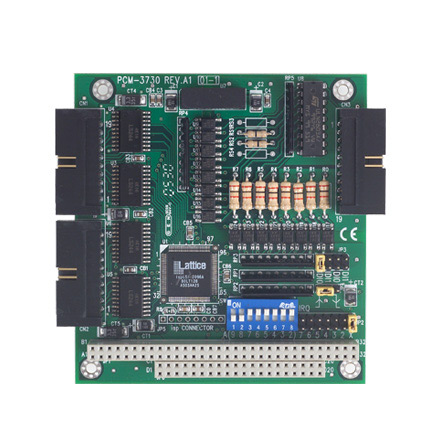

Understanding the Cost of Low-E Replacement Glass
When it comes to home improvements, one of the most significant aspects to consider is energy efficiency. One way to enhance a home’s energy performance is through the installation of Low-E (Low Emissivity) glass. Low-E glass is designed to reflect heat while allowing natural light to pass through, significantly reducing energy costs in both summer and winter months. If you are contemplating replacing your windows with Low-E glass, it is essential to understand the associated costs and benefits.
What is Low-E Glass?
Low-E glass is a type of energy-efficient glass that has been treated with a special coating. This coating allows the glass to reflect infrared light, keeping heat inside during cold months and reflecting heat away in the warmer months. This property means that homes can maintain a stable temperature, reducing the reliance on heating and cooling systems.
Benefits of Low-E Glass
Before delving into the costs, it is crucial to understand the numerous benefits of Low-E glass. The primary advantages include
1. Energy Efficiency Low-E glass can help reduce heating and cooling bills by as much as 30% to 50%. This efficacy stems from its ability to maintain indoor temperatures, thereby lowering the workload on HVAC systems.
2. UV Protection The coating on Low-E glass can block up to 99% of harmful ultraviolet rays. This protection prevents items inside the home from fading, such as furniture, carpets, and artwork.
3. Improved Comfort By reducing heat transfer, Low-E glass contributes to a more consistent indoor climate, enhancing overall comfort.
Cost of Low-E Replacement Glass

Now that we are aware of the benefits, it is time to explore the costs involved in replacing regular glass with Low-E glass. The price range can vary widely depending on several factors, including
- Type of Low-E Glass There are various types of Low-E coatings available, each with different performance levels and costs. Generally, the more advanced the technology, the higher the price.
- Window Size and Style The dimensions and design of your windows will greatly impact the cost. Custom sizes or shapes may incur additional charges.
- Installation Costs The complexity of the installation can also influence expenses. Hiring a professional installer ensures proper fitting and performance but will add to the overall cost.
On average, homeowners can expect to pay between $300 to $1,000 per window for Low-E glass replacement, including materials and labor. However, this investment is usually offset by the long-term energy savings and the increase in home value.
Energy Savings Over Time
While the upfront costs of Low-E replacement glass can seem high, it is essential to consider the long-term savings on energy bills. Many homeowners report noticeable reductions in heating and cooling costs within the first year of installation. In some cases, these savings can repay the initial investment in as little as five years.
Conclusion
Considering the increasing importance of energy efficiency in modern homes, replacing traditional glass with Low-E glass is a step towards sustainability and cost savings. Although there is an initial financial outlay involved, the long-term benefits far outweigh these costs. Homeowners who take this step can enjoy reduced energy bills, increased comfort, and a more appealing living environment, all while contributing to a reduction in their carbon footprint.
Ultimately, investing in Low-E replacement glass is not just a smart financial decision; it is also a commitment to a more energy-efficient and environmentally friendly home. If you are contemplating this upgrade, consult with a local professional who can provide detailed estimates and help you choose the best Low-E options for your residence.